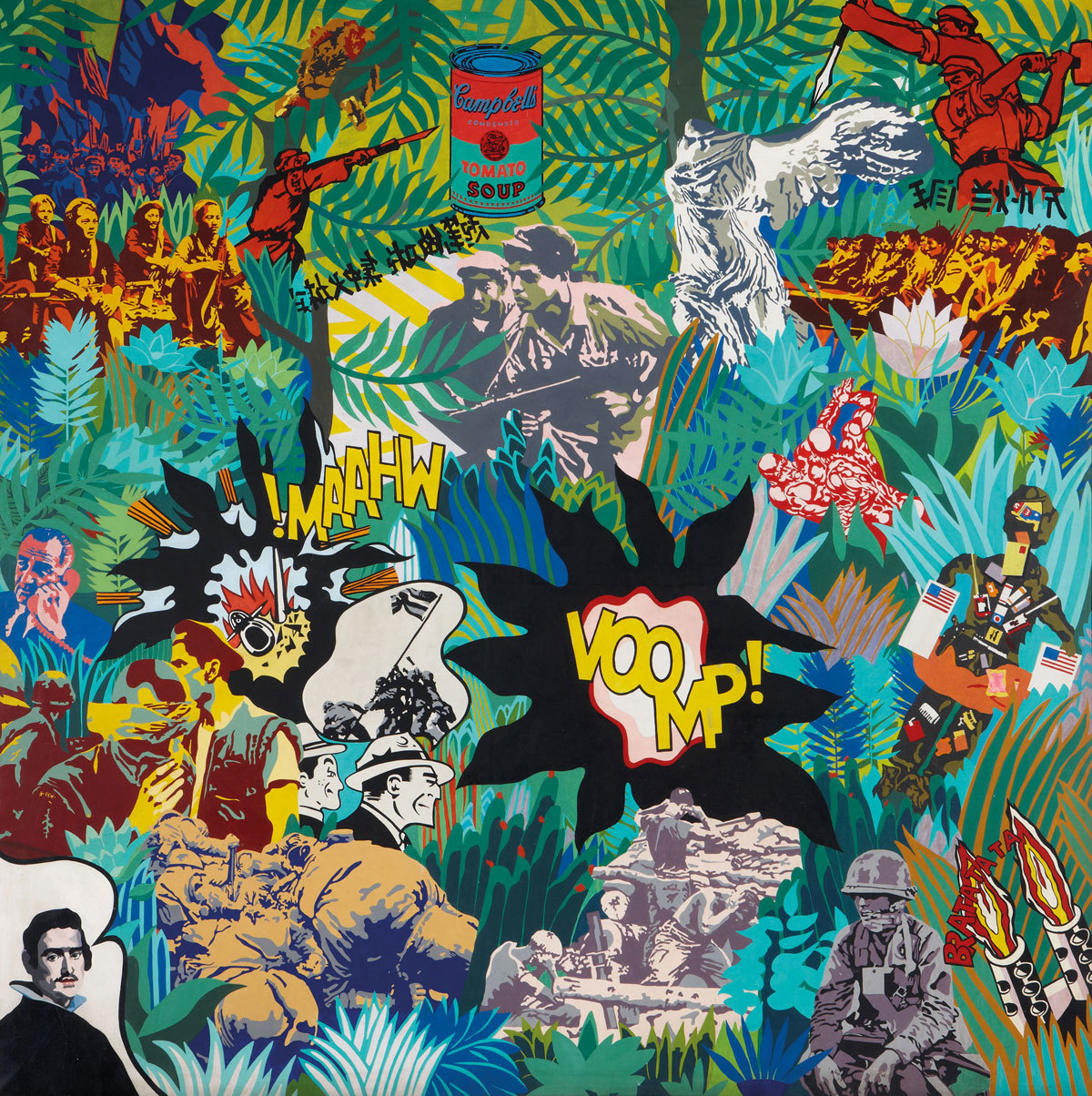Andy Warhol’s Marilyns? Roy Leichtenstein’s comics? Richard Hamilton’s collages? Pop Art is generally considered an Anglo-American response to the colourful, commercial brave new post-war world. The World Goes Pop, opening at Tate Modern on September 17th is aiming to show a whole new side to a style of work that still wields an immeasurable influence on art today.
Pop art around the world was as ripe, conflicted, political, and colourful as its western counterpart; still a reaction to the new commercial era, globally it was often more avowedly anti-capitalist than the double-handed knowing critiques of Warhol. Across the world, artists utilised pop’s visual bang and turned it into a subversive international language that tied into the protest movements and anti-colonialism of the 60s and 70s. Globally, it was also more feminine, less of a boy’s club, South American artists Anna Maria Maiolino and Delia Cancela feature heavily, alongside Jana Želibská, Evelyne Axell, and Eulàlia Grau, rewriting pop’s masculine cannon.
Credits
Equipo Crónica El realism socialista y el Pop Art en el campo de batalla, 1969.
Museo Nacional Centro de Arte Reina Sofia, Madrid. Depósito Temporal Colección de Manolo Valdés, 2010. Photographic Archives Museo Nacional Centro de Arte Reina Sofia © Equipo Cronica (Manolo Valdés and Rafael Solbes), courtesy Marlborough Gallery, New York
